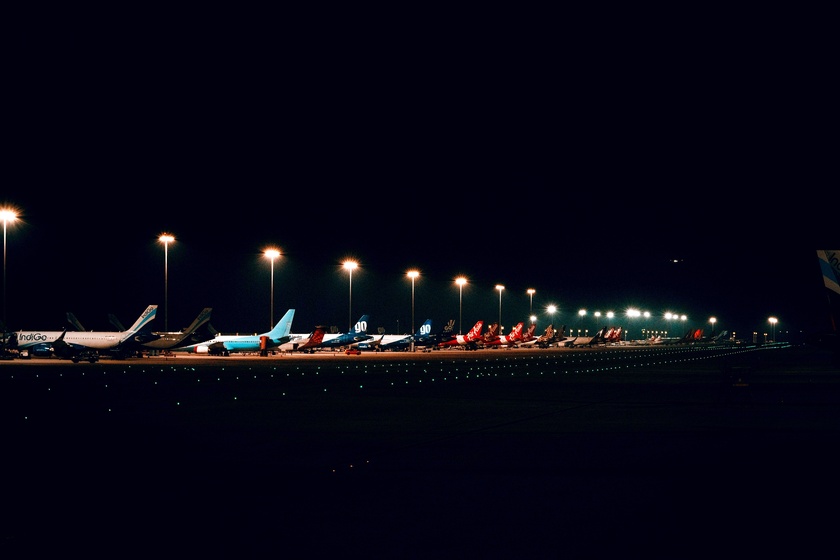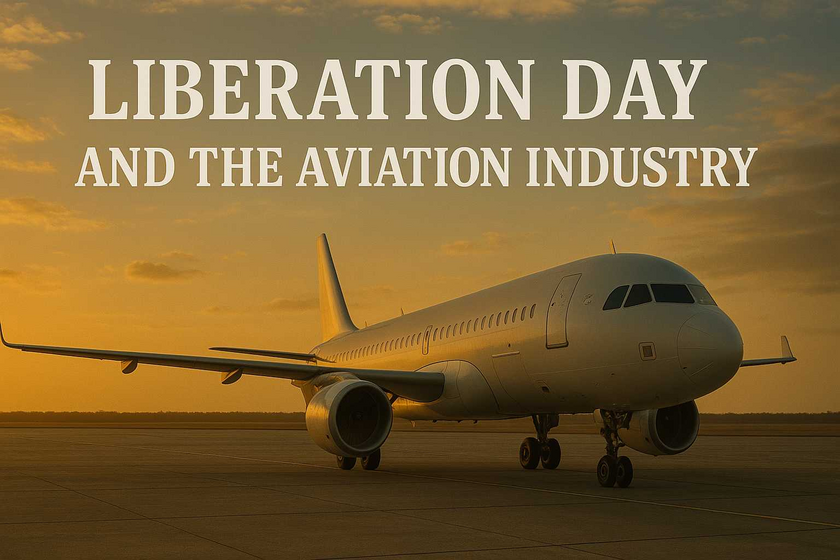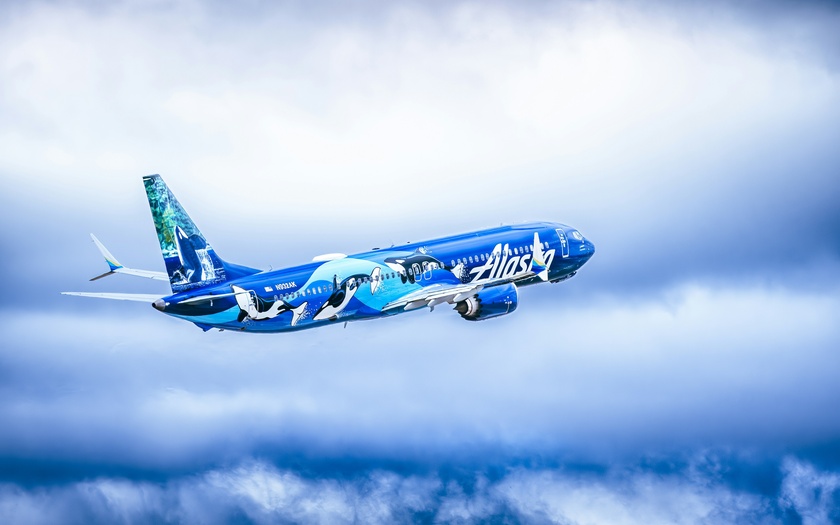
Recently we’re seeing a lot of stories in articles related to the so-called recovery of the aviation industry, particularly as it relates to the airlines. We see airlines having the ability to raise airfares, see increased travels across the board and even order new aircraft. On the innovation front we see startups still pushing forward with their plans to produce new technologies such as sustainable aviation fuels (SAFs) and air taxis (e-VTOLs). Needless to say, based on what we’re seeing in the mainstream, things are going quite well for the aviation industry, with projections showing the aviation industry should do even better moving forward.
Yet, it begs the question, if the rest of the economy is doing so poorly and is predicted – even by the Federal Reserve – to enter into a recession by the end of this year into next year, and some economists stating that we are already in a recession. How is it that the aviation industry, one that is very sensitive to these shocks, is doing so well right now and it’s projected to do very well in the future? We will leave the answers to those questions for one of our full articles.
In this week’s On Aviation™ Digest, we share some stories and articles On major developments in the aviation industry that would suggest that the aviation industry is as strong as it’s ever been and that the future is bright.
Analysis: Behind aviation recovery, suppliers struggle to keep up

PARIS June 19 (Reuters) - For dealmakers, this week’s Paris Air Show will showcase the boom in demand for commercial planes and military technology.
What won’t be on display is the problem that has consumed time and attention of executives and consultants for the past two years: the long and still uncertain lead times in delivering the parts for all the planes and weapon systems being sold.
Airbus Chief Executive Guillaume Faury said things have begun to stabilise. Other senior executives see a glimmer of hope.
But there is an emerging consensus that the industry’s sprawling supply chain - strained by rising costs, parts shortages and a scarcity of skilled labor in the wake of the pandemic - will have to be remade before it can recover fully, a process that will take years.
By Allison Lampert, et. al. | Reuters
Archer Aviation expects “hundreds or thousands” of eVTOLs flying over LA Olympics in 2028

“2024 is a huge year for us as an industry, because we’re moving into the flight-test-for-credit [programme] with the Federal Aviation Administration,” he says. “So that means in Archer’s case, you’re going to see six-plus piloted conforming planes flying around Silicon Valley every day, multiple times a day, racking up thousands of flights over that year.”
“That all comes alive next year,” he says.
Archer’s Midnight will be capable of flying distances up to 87nm (161km) but be “optimised” for 17-43nm flights. It will be “engineered” to fly at speeds up to 130kt (241km/h).
Automotive giant Stellantis, which holds a strategic stake in Archer, is helping the company with its industrial manufacturing plans, and collaborating on its Covington, Georgia plant, where ground was broken earlier this year. Initially the facility will produce 650 aircraft per year, ramping up to 2,300 later.
By Pilar Wolfsteller | FlightGlobal
Textron Aviation To Build Workforce Development Center

Textron Aviation is constructing a hiring and learning center on its East Wichita, Kansas campus, the company announced on Friday. The 100,000-sq-ft facility is scheduled to be completed by August 2024.
Funded in part by a $3.325 million grant from the state of Kansas through its Aviation Learning Opportunities & Funded Training (ALOFT) program, it will include a paint lab, sheet-metal training, and instruction in flight-control rigging and blueprint reading and interpretation. A K-12 experiential space, multiple classrooms, learning labs, and interviewing and onboarding spaces will be on-site.
By Curt Epstein | AINOnline
IndiGO's Airbus order: These are other mega commercial aviation deals

Budget carrier IndiGo on Monday said that it will buy 500 A320 planes from French manufacturer Airbus. This multi-billion dollar purchase is the largest ever in the history of commercial aviation. The airline said that the A320NEO Family aircraft will allow it to maintain its ‘strong focus’ on lowering operating costs and delivering fuel efficiency.
"This is just the beginning, there's more going forward. With the growth of India (and) the growth of the Indian aviation market ... this is the right time for us to place this order," Chief Executive Pieter Elbers said addressing a press conference.
Meanwhile, here's a look at the largest plane orders in commercial aviation history until Monday’s deal for 500 aircraft by IndiGo are:
By HT News Desk | Hindustan Times
Note: The views and opinions expressed in the content shared in this digest are for informational purposes only, are solely those of the original content creators, and do not constitute an endorsement by or necessarily represent the views of On Aviation™ or its affiliates.
Thank you for reading this week's On Aviation™ digest. Do you believe that these recent developments point to strong growth for the aviation industry moving forward? Or this is not much to worry about in the airlines it should recover soon? Please share your thoughts in the comments below. Remember to check out our On Aviation™ Podcast and continue the conversation on our Twitter and Instagram.
Orlando - On Aviation™

















